You searched for: used交易程序後臺源碼【tg���������@ek7676】平台包网搭建usd交易程序後臺源碼【tg���������@ek7676】平台包网搭建ivkcss1pgu
<< Previous | Displaying results 1-25 of 1780 for "used交易程序後臺源碼【tg���������@ek7676】平台包网搭建usd交易程序後臺源碼【tg���������@ek7676】平台包网搭建ivkcss1pgu" | Next >>
-
US Army Trials in Postwar Germany
ArticleFrom 1945 to 1947, the US Army tried a variety of officials, camp personnel, and German civilians accused of war crimes and mass atrocities against Allied civilians and prisoners of war.
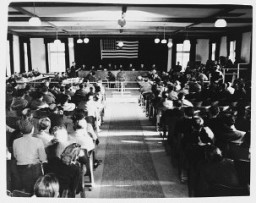
-
Recognition of US Liberating Army Units
ArticleLearn about US Army Divisions that have been recognized as liberating units by the United States Holocaust Memorial Museum and the US Army's Center of Military History.

-
US troops in Nuremberg
PhotoThe inhabitants of Nuremberg watch a parade of US troops through their city. Nuremberg, Germany, 1946.
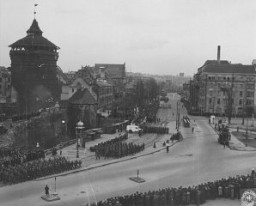
-
US troops at the Wöbbelin camp
PhotoOn May 2, 1945, the 8th Infantry Division and the 82nd Airborne Division encountered the Wöbbelin concentration camp. This photograph shows US troops in the Wöbbelin camp. Germany, May 4–6, 1945.
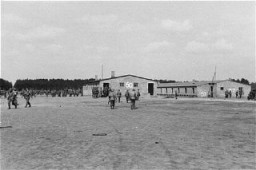
-
US troops at Gardelegen
PhotoUS troops with the 102nd Infantry Division at a barn outside Gardelegen, where over 1,000 prisoners were burned alive by the SS. Germany, April 14, 1945.
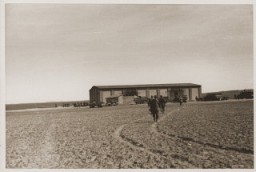
-
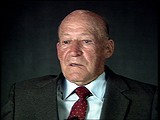
-
US troops enter Buchenwald
PhotoUS soldiers enter the Buchenwald concentration camp following the liberation of the camp. Buchenwald, Germany, after April 11, 1945.
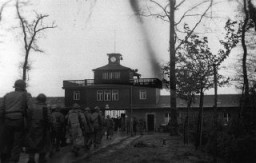
-
US soldiers inspect Hadamar
FilmIn Nazi usage, "euthanasia" referred to the killing of those whom the Nazis deemed "unworthy of life." In 1941 the Hadamar psychiatric clinic served as one of the euthanasia killing centers in Germany. Patients selected by German doctors for euthanasia were transferred to Hadamar or one of the other facilities and were killed in gas chambers. Over 10,000 people were gassed at Hadamar before the Euthanasia Program officially ended in August 1941. Although the program had officially ended, killings continued…
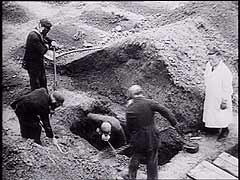
-
Treatment of US POWs
FilmA former US prisoner of war (POW), United States Navy Lieutenant Jack Taylor, testifies to the treatment he and other American POWs received in the Mauthausen concentration camp in Austria.
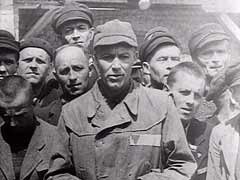
-
US Army unit at Camp Ritchie
PhotoOtto Perl poses with his US Army unit at Camp Ritchie, Maryland, circa 1945. Born in Austria, Perl served in the Austrian Army until March 1938, when he was dismissed because he was Jewish. With the help of a friend, Perl was able to obtain a US visa. He reached New York in 1940. Several thousand of the soldiers who trained at Camp Ritchie were Jewish refugees who had immigrated to the United States to escape Nazi persecution.
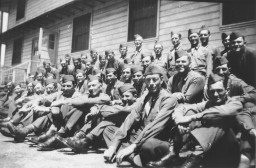
-
US soldiers care for Dachau survivors
FilmThe Dachau concentration camp, northwest of Munich, Germany, was the first regular concentration camp the Nazis established in 1933. About twelve years later, on April 29, 1945, US armed forces liberated the camp. There were some 30,000 starving prisoners in the camp at that time. In this footage, soldiers of the US Seventh Army feed and disinfect survivors of the camp.
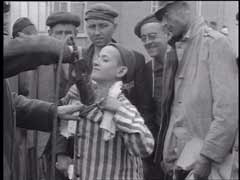
-
US army officer with survivors of Ohrdruf
PhotoA US army officer (far right) poses with survivors of the Ohrdruf camp, a subcamp in the Buchenwald camp system. Photograph taken after the liberation of the camp. Ohrdruf, Germany, April 1945.
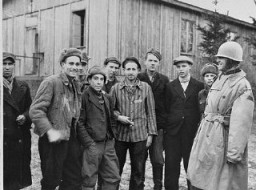
-
US Army Signal Corps photographers
PhotoUS Army Signal Corps photographers from Combat Unit 123 photograph ruins in the city of Naumburg, Germany. Photograph taken by J Malan Heslop. April 10, 1945.
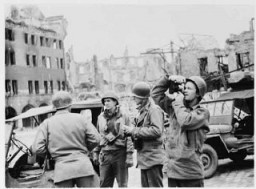
-
Meeting of US and Soviet forces at Torgau
PhotoAn African American soldier is among those members of the Soviet and US armed forces posing here upon the historic meeting of the two armies on the Elbe River. Torgau, Germany, April 26, 1945.
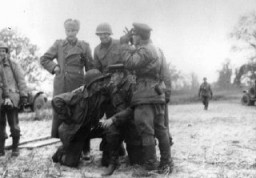
-

-
US supply ships in the Philippines
PhotoSupply ships reinforce US forces on the Philippine island of Leyte during the US invasion of the Philippines. 1944.

-
Synagogue used as a warehouse
PhotoA synagogue used as a warehouse for the belongings of deported Jews. Szeged ghetto, Hungary, 1944.
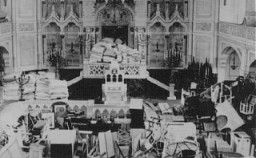
-
US Ratifies Genocide Convention
Timeline EventNovember 5, 1988. On this date, the US ratified the UN Convention on the Prevention and Punishment of Genocide.
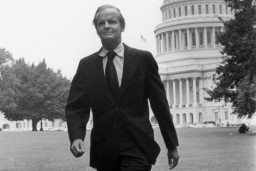
-
Scales used by refugees
ArtifactScale used by refugees Masza Swislocki and George Lieberfreund to weigh jars of artificial honey, which they manufactured and sold in the restricted area of Shanghai. [From the USHMM special exhibition Flight and Rescue.]
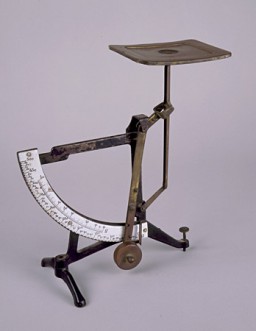
-
Members of the US Olympic team
PhotoMembers of the US Olympic team—runners Helen Stephens and Jesse Owens—at the Berlin Olympic Games. Germany, August 1936.
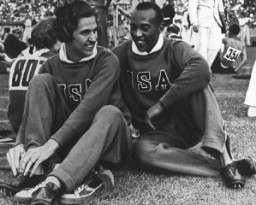
-
US Marines on Peleliu Island
PhotoUS Marines during the final stage of the fight for Peleliu Island in the Pacific theater of war. September 14, 1944.
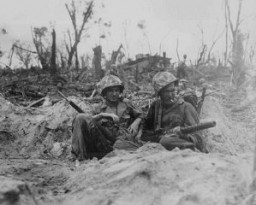
-
Chart used in the Doctors' Trial
PhotoChart used by the prosecution in the Doctors' Trial illustrates the organization of the Medical Services of the Wehrmacht (German armed forces). Nuremberg, Germany, December 9, 1946-August 20, 1947.
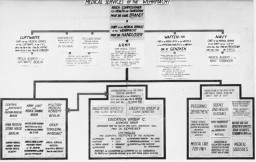
-
US troops land on Guadalcanal
PhotoUS troops land on Guadalcanal, in the Solomon Islands group. Guadalcanal was the focus of crucial battles in 1942–43. American victory in the Solomons halted the Japanese advance in the South Pacific. Guadalcanal, August 1942.
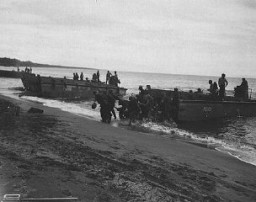
-
US troops landing on Guadalcanal
PhotoUS troops land on Guadalcanal, in the Solomon Islands groups. Guadalcanal was the focus of crucial battles in 1942–43. American victory in the Solomons halted the Japanese advance in the South Pacific. Guadalcanal, date uncertain.
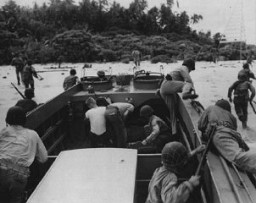
-
US Forces Liberate Flossenbürg
Timeline EventApril 23, 1945. On this date, US forces liberated the Flossenbürg camp in Germany.

